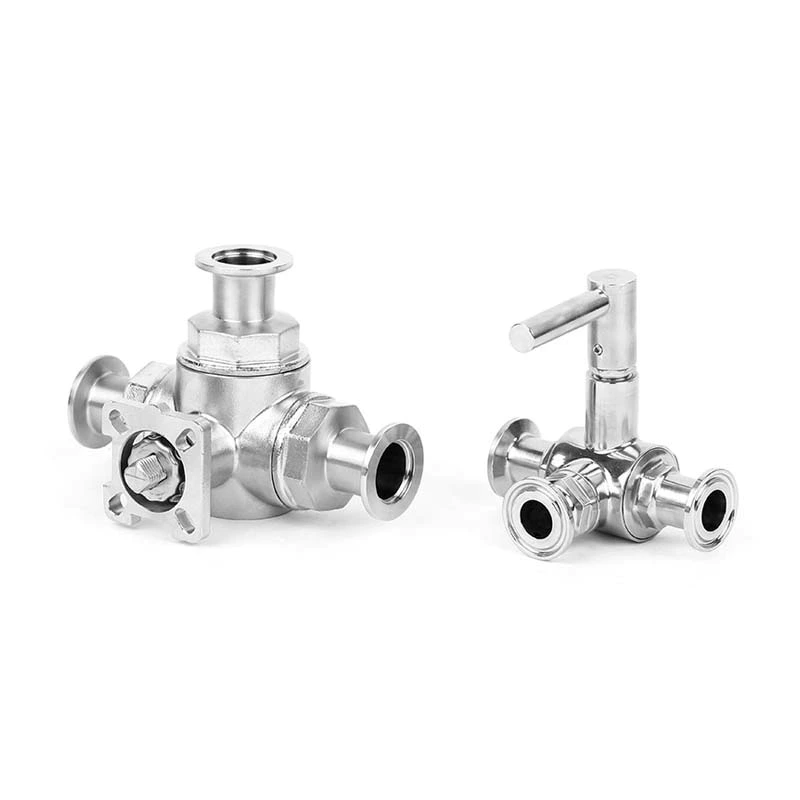What Are The Specific Requirements For The Sanitary Ball Valve Water Filling Test?
Sanitary Ball Valve can meet the special requirements of various media in the field of food and biopharmaceuticals. Its smooth, seamless, and automatically emptying craft fluid channel is also very suitable for steam stepping on it for cleaning on the spot. During the manufacturing process, it strictly follows the FDA requirements for quality control. It uses computer three-dimensional design and is manufactured for GMP requirements.
What are the specific requirements for the sanitary ball valve water filling test?
1) Indoor sanitary ball valve drainage pipes should be filled with water based on the height of one floor, but the filling height should not exceed 8m. The interface is not leaking and is qualified; multi-story buildings should be carried out in layers. For the building, the inspection port on the drainage pipe one floor lower than the test can be opened, and the ball bladder can be inflated as a plug for testing. For concealed or buried drainage pipes, the water filling test must be carried out before concealment, and the water filling height should not be lower than the ground floor; the water filling height of the rainwater pipe must reach the rainwater funnel on the top of each riser; after filling with water for 15 minutes, it is filled again for 5 minutes, and the liquid level does not drop to be qualified.
2) The tightness of the outdoor sanitary ball valve drainage pipe should be pre-checked 241 hours after it is filled with water. If there is no water leakage in the pipe system, it is considered to be qualified in the pre-check; for non-metallic sewage pipes, a water seepage test should also be conducted. If there is no specific requirement in the design, it should meet the following regulations to be qualified in the post-test.
① In moist soil, check the amount of groundwater infiltrating into the pipe, which depends on the groundwater level. When the groundwater level exceeds the pipe top by 2~4m, the amount of water infiltrating into the pipe should not exceed the provisions of Table 6-3; when the groundwater level exceeds the pipe top by more than 4m, the water seepage is allowed to increase by 10% for every 1m increase in water head.
② In dry soil, check the water seepage of the pipe. The water filling height should be 4m higher than the pipe top in the upstream inspection well, and the amount of water seepage should not be greater than the provisions in Table 6-3.
③ In moist soil, when the groundwater level is not higher than the pipe top by 2m, a water seepage test can be conducted according to the provisions of item ②.
④ The seepage test time should not be less than 30 minutes.
⑤ Pipes that discharge corrosive sewage are not allowed to leak.
⑥ Rain ice and pipes with similar properties, except for collapsible loess and water source areas, do not need to be tested for seepage volume.
